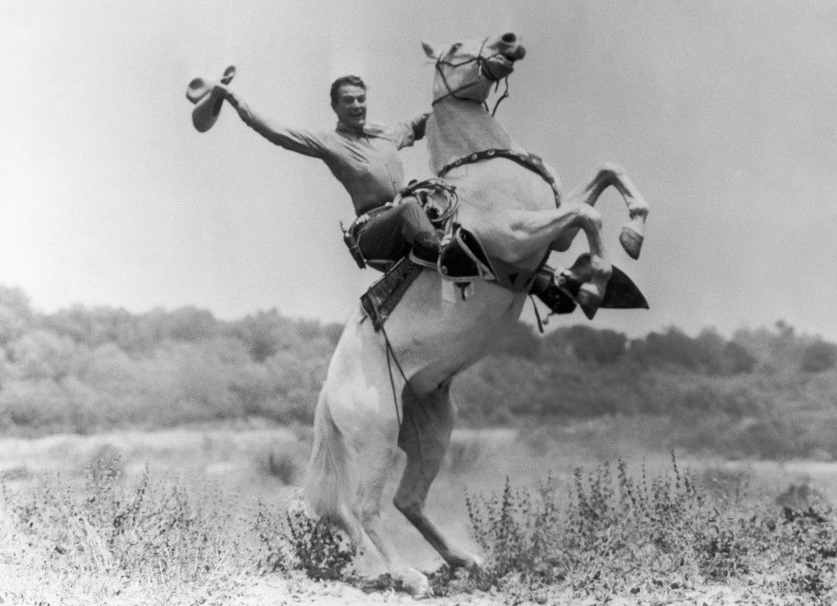REWIRING FOR RESILIENCE
The Self-Guided Program
Strength Training for Your Brain
reduce the negative effects of stress
increase focus and productivity
improve outcomes in all areas of life
Weekly Check-in Session Recorded Practices
Glossary of Terms Additional Resources
Introductory Session Video
A note about this program: Mindfulness practice does not replace clinical therapy, and we do not present this training as a cure for any mental or physical medical condition. If at any time during a practice you feel uncomfortable or overwhelmed, simply open your eyes and look around the room. Take a few deep breaths to slow your breathing. Stand up and walk around. Get a drink of water. Take care of yourself.
“Courage is being scared to death… and saddling up anyway.” —John Wayne
Introduction
John Wayne is beloved in Wyoming for his self-reliance, his confidence and courage, his stamina and work ethic. But his character only tells half the story. Wyomingites also value working together, cooperation, and neighborliness, as we’ve shown with barn-raisings and community fundraisers and county fairs for more than 130 years.
In this program, made possible through a grant from the federal Substance Abuse and Mental Health Services Administration orchestrated by the Wyoming Department of Health, we’re going to build on what we’re rightfully proud of in this state – our John Wayne-worthy self-reliance – by adding tools to reduce stress and avoid burnout. And we’ll also show you how focus and awareness, human interdependence and social connections strengthen your resilience.
Program goals:
Practice using science-based tools to reduce the negative impacts of stress, improving workplace resilience and quality of life
Develop a strategy for integrating mindfulness practice into the workplace and daily life
Provide relief in real time
Scientific research shows that mindfulness works. We give you a taste of it here, along with resources for those who want to take a deeper dive. Get ready to experience this training, because we are not asking you to memorize anything or “pass” the class. You’re the only one who can measure your progress. You are, as we like to say, a research study of one. You could skip all of the narrative we present here and simply do the practices, with no understanding of why they work on a biological basis, and you will see results.
If you can breathe, you can benefit.
A Moment to Arrive
Begin with A Moment to Arrive. This means taking a minute to complete three deep, intentional breaths, allowing the brain to clear the short-term memory of the preoccupations hogging valuable space in there. Silence your phone and computer notifications and when you’re ready, press the play arrow below and follow the instructions for a Three Deep Breaths practice.
Unit 1: Focus and Attention
The Dangers of Distraction
Neuroscience and Mindfulness
Simple Workouts for Your Brain
Unit 2: Self-Awareness — Your Superpower
Noticing Internal Experiences
Disarming Emotions
Fact vs. Fiction

















